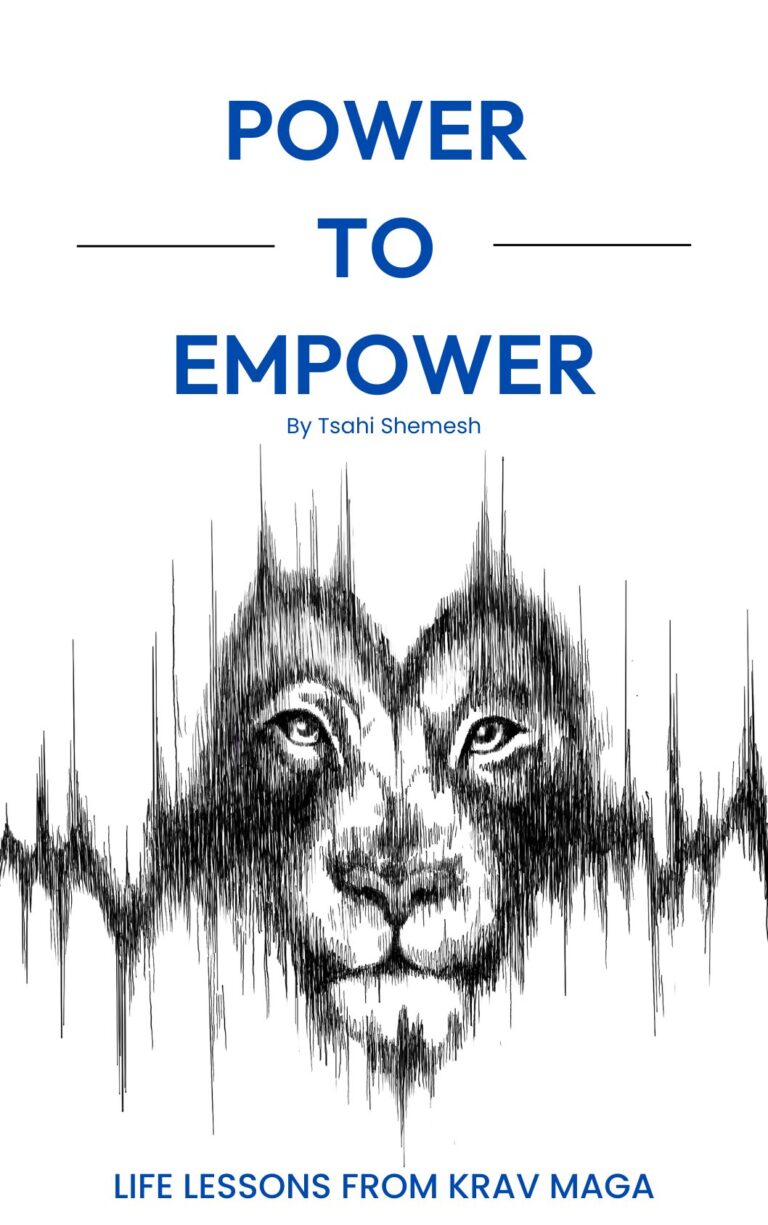Signs of personal transformation"
Recognizing the Subtle Signs of Your Transformation
One of the most rewarding parts of my work is seeing people discover a stronger version of themselves. I can confidently say that most of my students undergo significant changes over time. However, truth be told, some people don’t truly transform, even after months of consistent training. They experience small changes, but they don’t find that “new, stronger self.” This has always made me wonder: What could I have done differently to help them achieve a bigger breakthrough? Over time, I’ve realized that not everyone is ready or willing to change, no matter how much I want to help. In this article, I explore the conditions that make transformation possible.
Many students often hear feedback from their loved ones: “You’ve changed,” or “You are different!” (Some don’t like to see the change in them, but that is a topic for another article.) But I beg to differ—I don’t think they have changed. I think they have transformed!
Transformation is a powerful force that often goes unnoticed—until it becomes impossible to ignore.
OLD KEYS WON’T OPEN NEW DOORS.
Change marks the beginning of something new, while transformation usually unfolds when something old falls away. Take the snake, for instance. When it sheds its skin, it’s not merely changing; it’s undergoing a transformation. This shedding process is vital for the snake’s growth and health—it allows the snake to discard the old, accommodating its growing body and shedding parasites that may harm it. This reveals a fresher, more vibrant version of itself.
We are no different from the snake in that sense. Transformation involves letting go of keys that no longer work—old beliefs, behaviors, or conditions—and allowing new opportunities to grow. It isn’t just about swapping out the old for the new but about evolving into a more mature and developed state. Shedding the skin allows rejuvenation, and it’s essential; the ability to transform is, in fact, a survival skill. We must learn how to become stronger and more aligned with our true potential as we learn more about ourselves.
Transformation often happens after a crisis when something we’ve learned to depend on is taken away. Not all crises lead to transformation, of course. When something that you’ve grown used to or became dependent on is taken away, it is necessary to adapt and embrace change. As the old saying goes, “Necessity is the mother of invention.”
But not all transformations are driven by crisis. Often, transformation requires a willingness to do things differently and to develop a new set of tools. It can stem from a boardroom decision, a sense of emptiness, or the motivation to start something new.
So, How Do You Know If You Are Ready To Transform?
In my perspective, readiness for change and transformation involves a complex interplay of factors, often hinging on both internal motivations and external influences.
Here are some key elements:
- Awareness and Insight: Recognizing the need for change is the first step. This might come from self-reflection, feedback from others, or encountering a significant life event that illuminates the necessity for change.
- Motivation: The process starts with a genuine desire to change. This desire can be driven by various factors, such as a personal goal, improving quality of life, escaping pain or discomfort, or unlocking a new understanding of one’s potential.
- Self-Efficacy: Belief in one’s ability to effect change is a condition for any change. This belief is built by a series of small successes and positive feedback. This is why we hold Krav Maga tests and assessments. When skills are regularly assessed, one builds a sense of capability, which usually helps motivate growth.
- Emotional Readiness: Change often involves navigating difficult emotions and sometimes letting go of familiar patterns or identities. Emotional readiness means having the resilience to handle setbacks and the emotional depth to process feelings that arise during transformation.
- Flexibility Thinking: The ability to adapt one’s thinking and perspectives can significantly influence readiness for change. This includes being open to new ideas, willing to challenge old beliefs, and capable of seeing situations from multiple viewpoints.
- Support Systems: Having a support network—whether through friends, family, mentors, or professional help—provides the encouragement and resources needed to pursue change. Such a system will assist with getting over the hurdles.
- Crisis or Catalyst: Often, a particular event or crisis can act as a catalyst for change. This might be a personal loss, a health scare, or any other significant event that disrupts one’s life and prompts reevaluation.
- Vision and Goals: A clear vision of what is desired from the change, along with specific, achievable goals, helps guide the transformation process and provides motivation to stake on track!
Remember that transformation is not a destination but a journey—one that requires intention, resilience, and a deep willingness to grow. It often begins when we recognize that the old ways no longer serve us, and we become open to shedding layers of ourselves that we once clung to. Transformation can happen more than once in our lives, so don’t settle on one version of yourself!
Whether driven by a crisis, a personal goal, or simply the desire for something more, transformation demands courage and self-awareness.
As you find your own path, remember that true transformation usually takes time. The question isn’t whether change will happen—it’s whether you’re ready to embrace it fully.
As I always say, “You become what you repeatedly do, so be careful!”
Do something amazing!
Tsahi Shemesh
Founder & CEO
Krav Maga Experts

